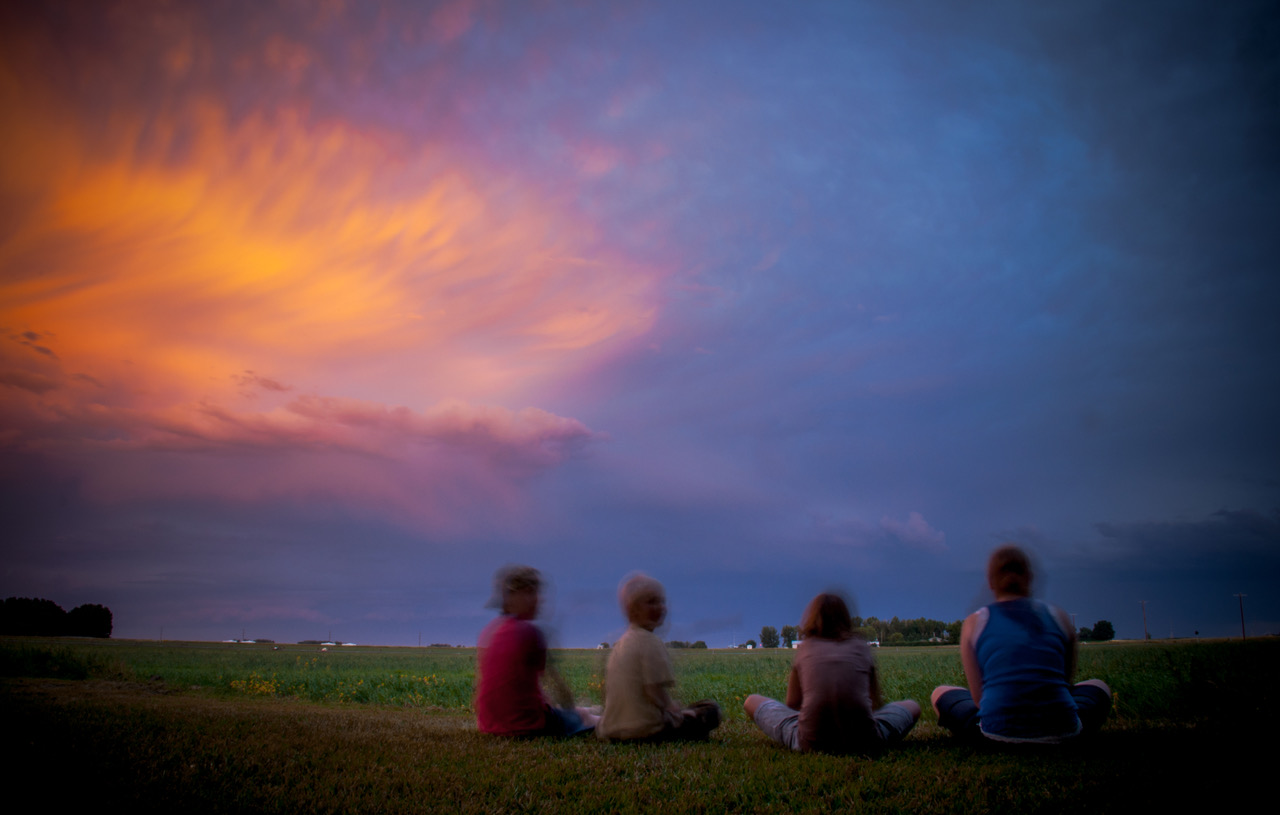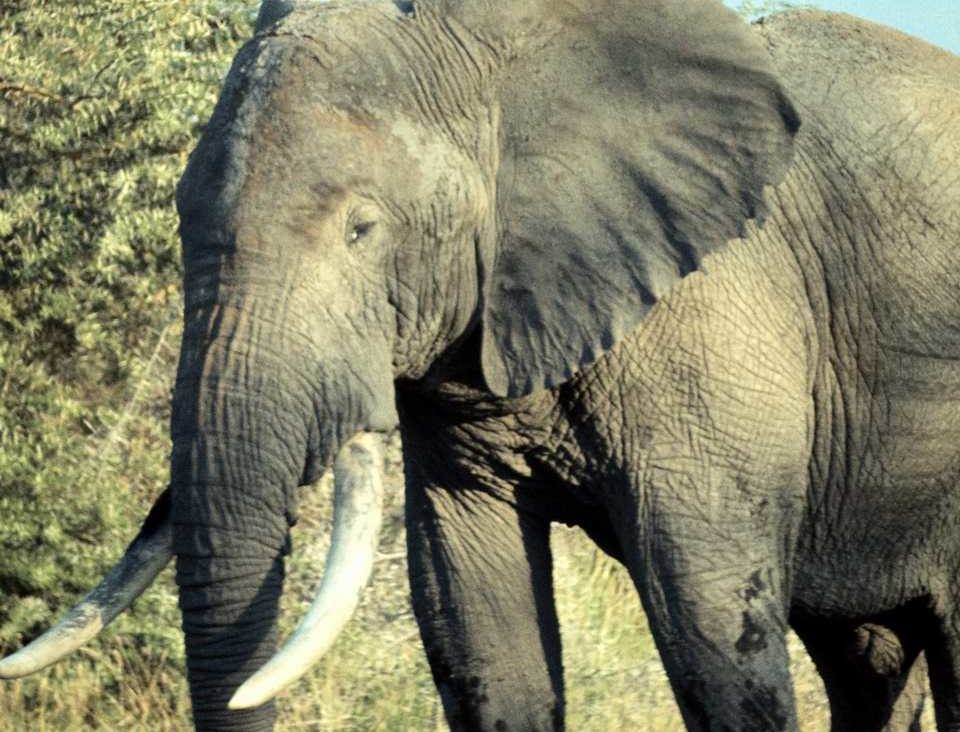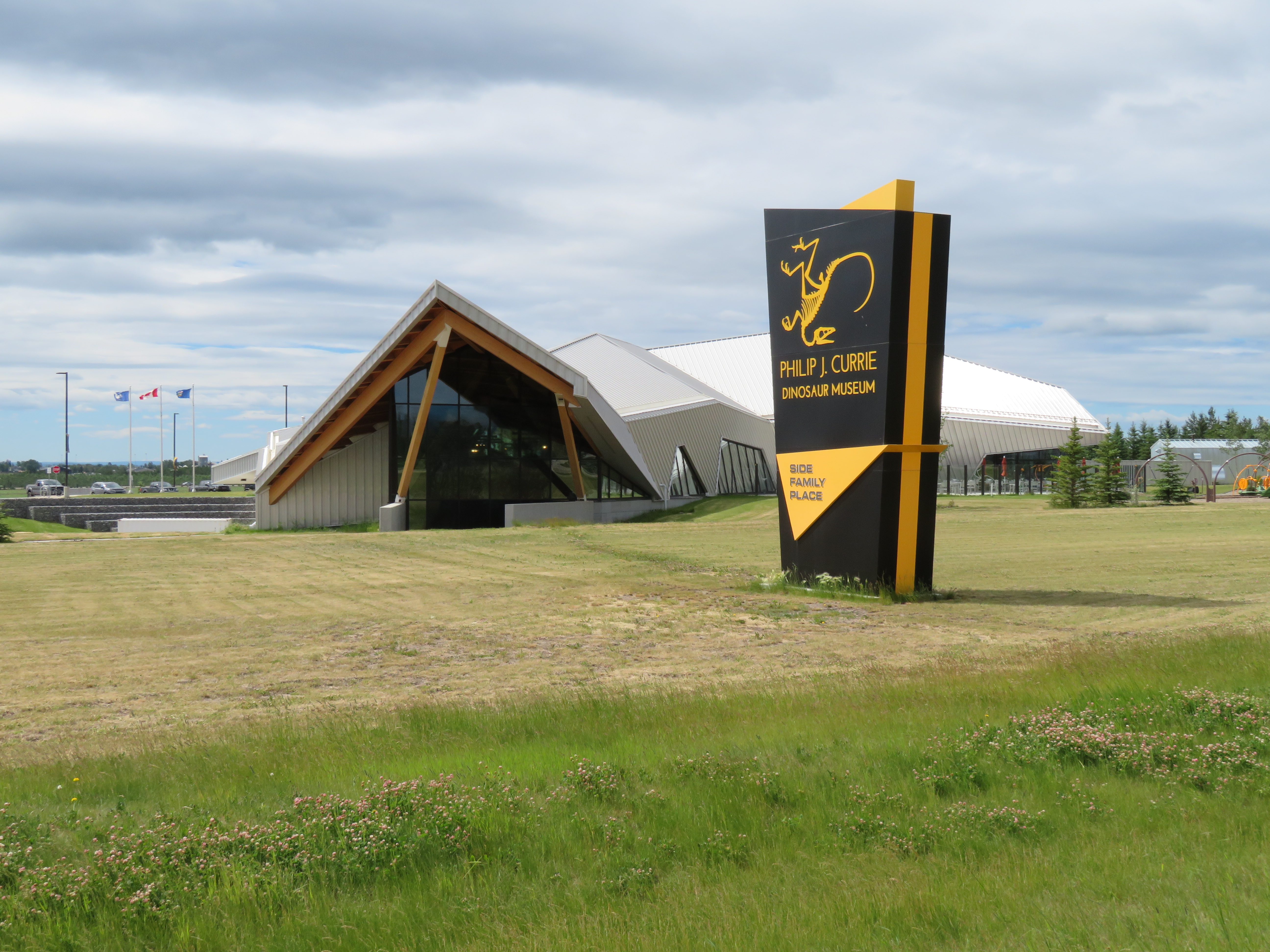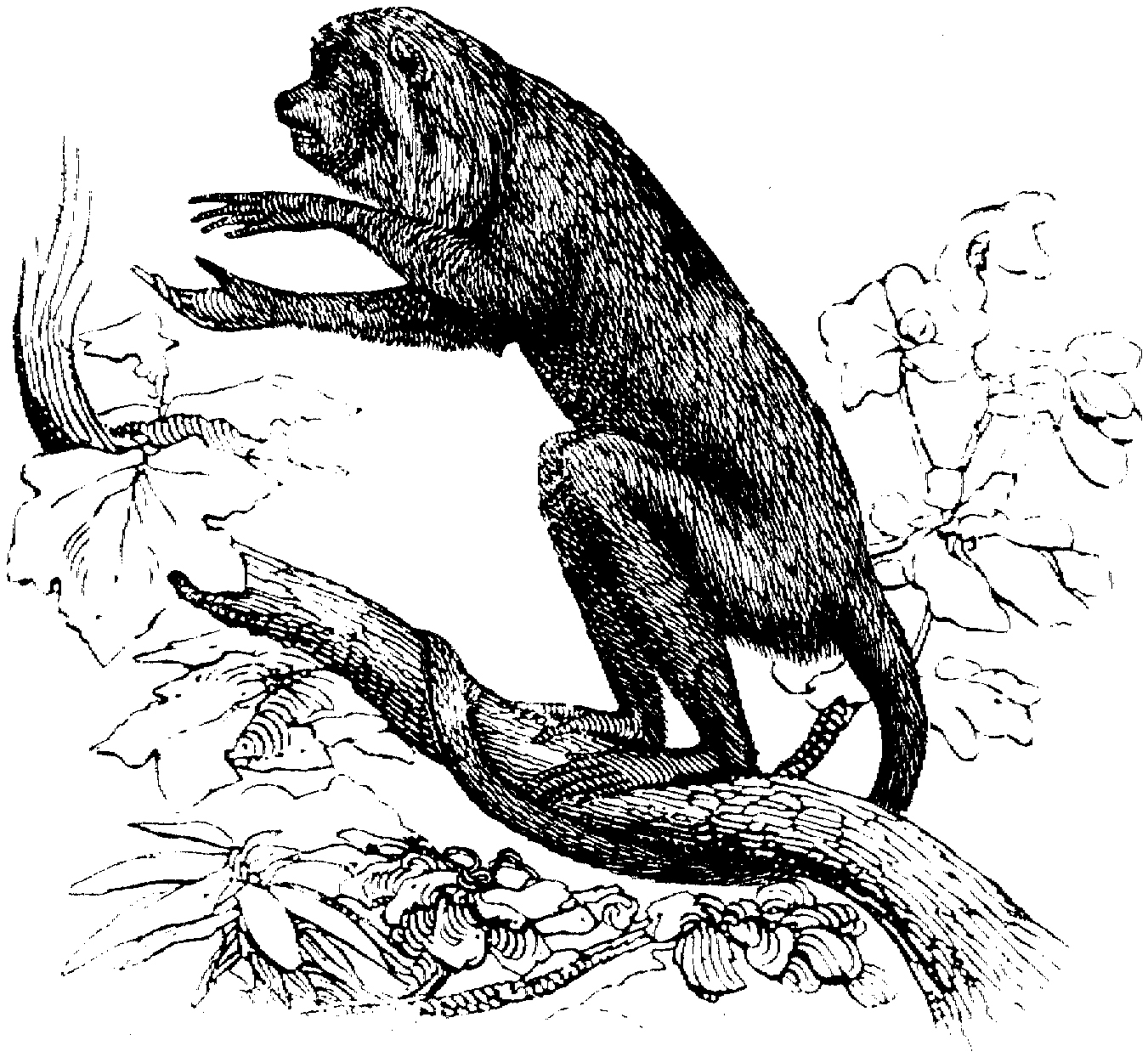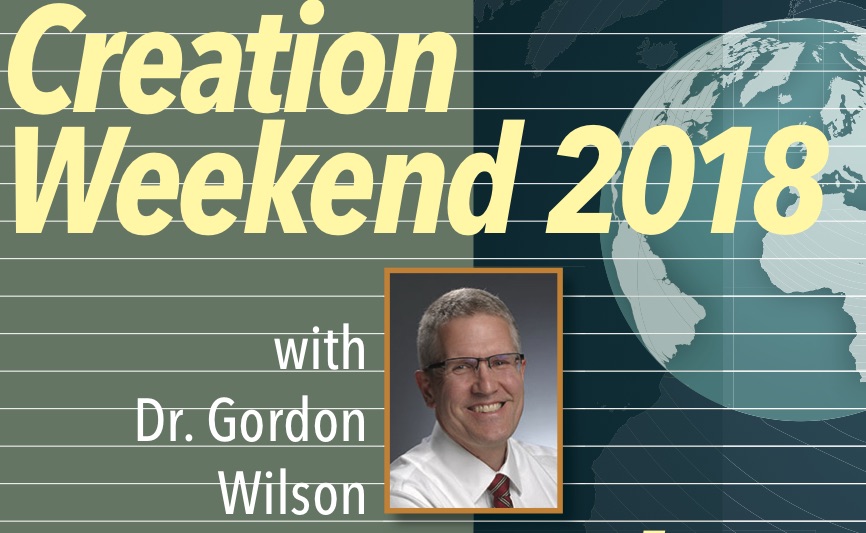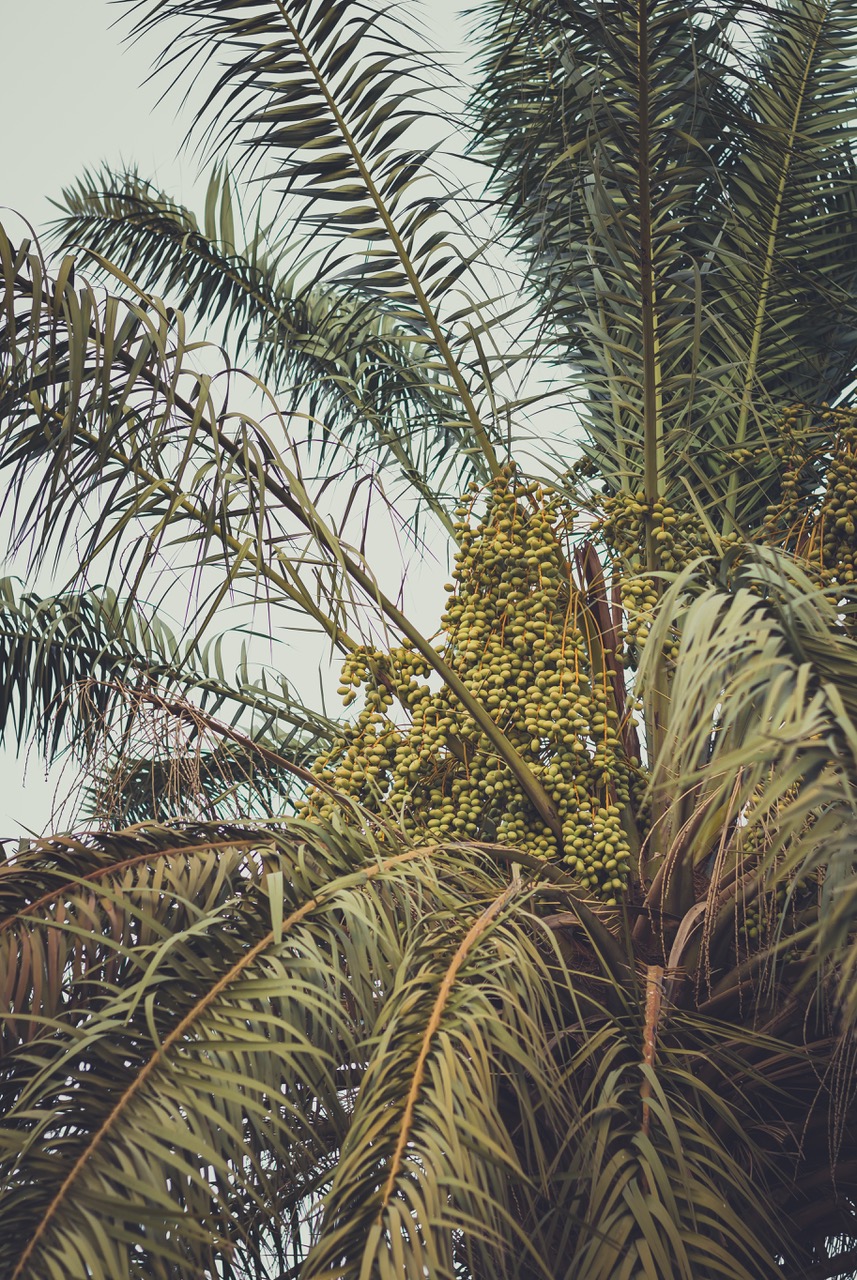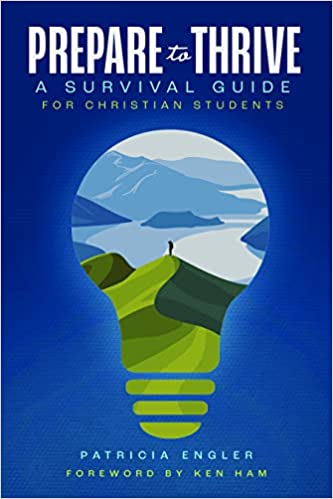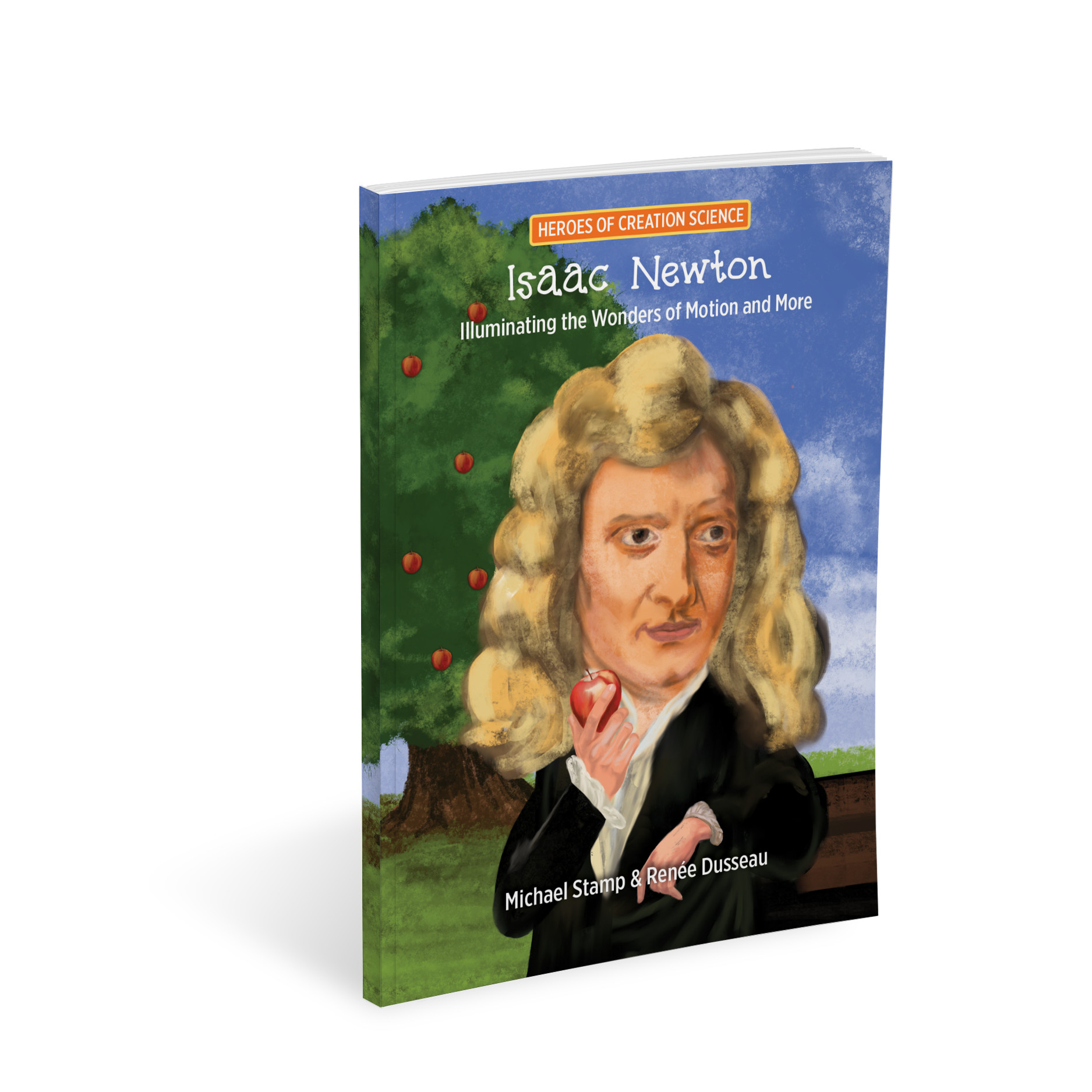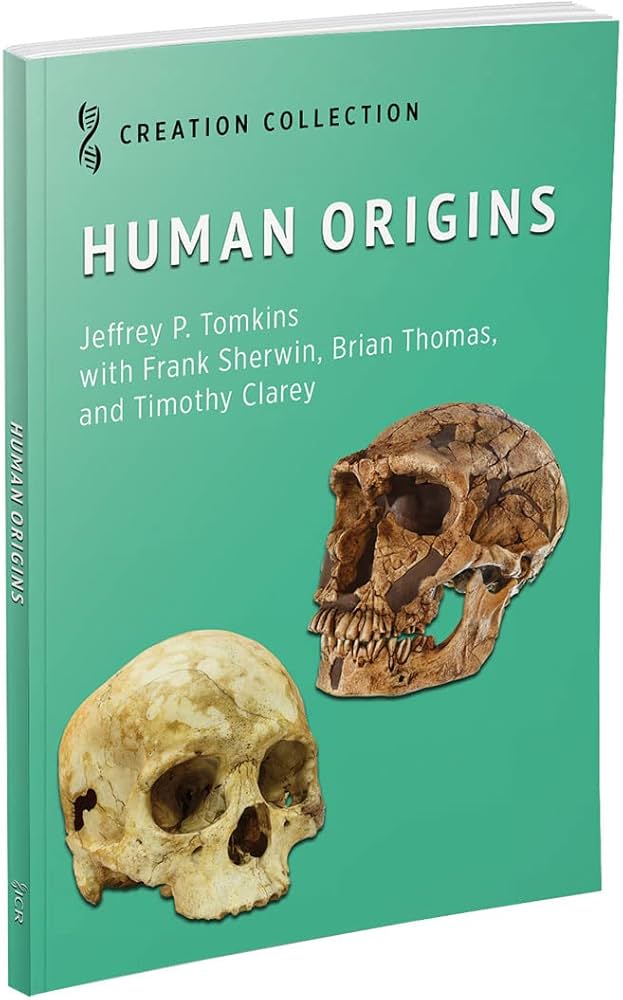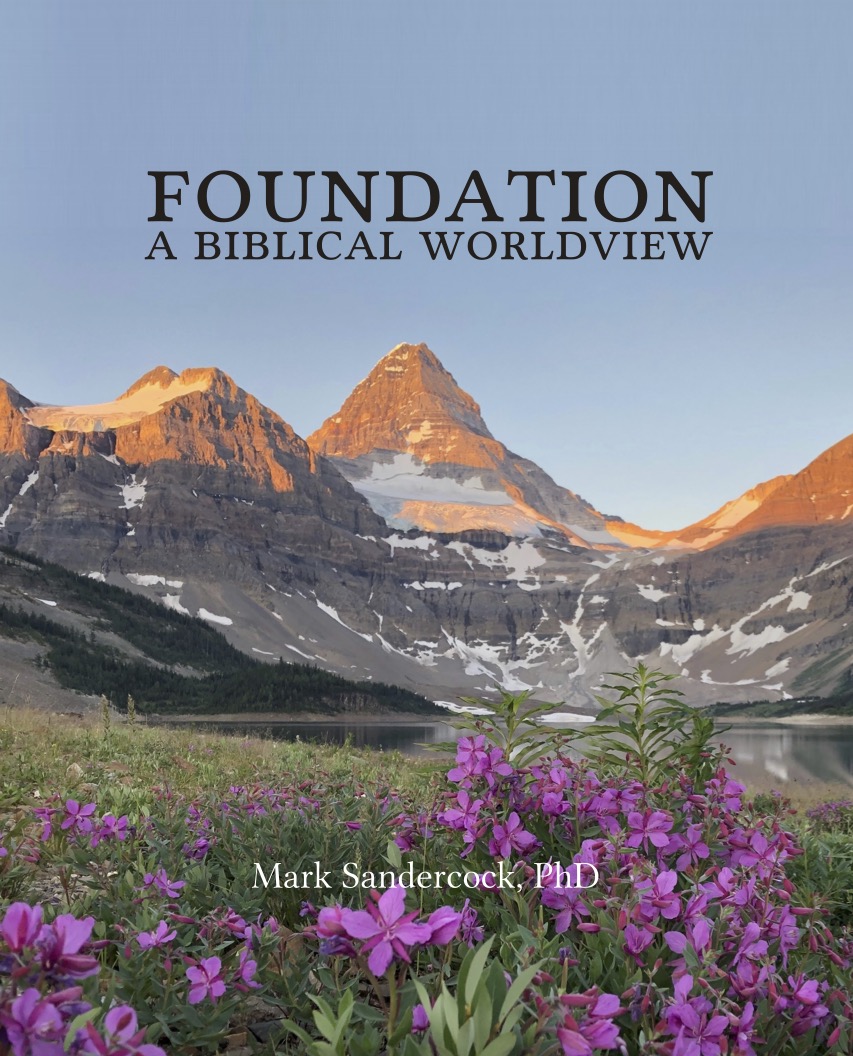Articles » Introductory
The theme of Creation Weekend 2017 was “In Science and Faith, Worldview Matters”. Our speakers Carson Lueck and Dr. John Byl addressed this issue. Many people, in previous years, had indicated in questionnaires that they would be interested in presentations on apologetics. So here we were, considering worldviews. Naturally one might ask “What is a worldview? Why does it matter and how does it apply to our lives?” Read the rest of this entry »
The 2017 award of the Nobel Prize in physiology and medicine to three Americans, Michael Rosbash, Jeffrey Hall and Michael Young, has served to stimulate our interest in a phenomenon that is actually well-known. We all know why people get hungry about the same time of day, or wake up about the same time, or suffer from jet-lag. It is because of biological clocks. So what was so special about the work of these three scientists? The story actually goes back to 1729! Read the rest of this entry »
Dr. John Byl’s keynote lecture at Creation Weekend on the evening of Saturday, October 21, 2017 was entitled “Has Science Killed God? Christianity vs. Naturalism.” Many people in our modern society, Dr. Byl declared, believe that science can explain everything, so that God is not needed. These people accept that physical laws leave no room for God. Well then, said Dr. Byl, let us evaluate this position. He began by informing us that we must distinguish between the actual facts – the observed data – and scientific theories that are constructed to explain facts. Read the rest of this entry »
The African elephant is the largest living terrestrial mammal, even larger than most dinosaurs. Its mammoth size means their primary enemy is humans, not the major carnivores, such as lions, that inhabit its homeland. The largest recorded African elephant reached 12 feet (four meters) at the shoulder and weighed over ten tons. Called “nature’s masterpiece” and “skilled engineers” elephants are one of “the most intelligent of domesticated animals.” (Redmond, 1993, p. 6). Read the rest of this entry »
My husband and I recently visited the Philip J. Currie Museum at Wembley in northwestern Alberta. The rationale for building this beautiful new facility was the Pachyrhinosaurus bonebed at nearby Pipestone Creek. This horned dinosaur is very interesting, known from bonebeds in Alberta and the north slope of Alaska. The museum did not display a model of the highly concentrated bone bed (up to 200 bones per square metre), nor a skeleton of Pachyrhinosaurus, nor a model of the creature (that I saw). They did however display different sizes of one kind of arm bone to illustrate that animals of all ages were overtaken by the same watery catastrophe. Read the rest of this entry »
Tree sloths are one of the strangest families one could imagine and seem to have very little in common with any other animal kind (Edmonds, p. 38). They are the world’s only inverted quadruped (Cooke, p. 52). Sloths are almost comically slow-moving mammals, deliberately moving so slowly that it looks like a movie of them is being played in slow motion. Neither prodding nor threats will make them move much faster, partly because when on the ground, their small legs are so weak that they have to drag their heavy middle along the surface (Cooke, p. 51). A tortoise would easily beat them in a race. Their cruising speed is a mere 0.19 miles per hour, but they can climb a tree at a fairly good clip, for a sloth that is. They often sleep, or appear to sleep, one cannot always tell, about 10 hours a day in trees in the Central and South America rain forests. In contrast to most mammals, they are neither strictly nocturnal nor diurnal, but frequent nappers instead (Hoke, p. 88). Read the rest of this entry »
Creation Weekend 2018 October 26 & 27
The Creation Science Association of Alberta is excited that our featured speaker for Creation Weekend 2018 is Dr. Gordon Wilson of New St. Andrews College in Moscow, Idaho. Dr. Wilson’s enthusiasm for biology is infectious and the topics which he will present are ones that are very relevant to our lives as Christians today.
Despite the fact that Edmonton suffered through periodic snowfalls from mid-September onward, the days before the Creation Weekend and on the weekend itself, were warmish and dry. As a result, a number of people were able to drive long distances to our sessions. Some people came from Grande Prairie, the Northwest Territories, northwest British Columbia, Calgary and far southern Alberta. Those from far and near all appreciated the sessions. Read the rest of this entry »
Dr. Gordon Wilson’s presentations at Creation Weekend 2018 were extremely well received. The first lecture dealt with natural evil. Mankind has long pondered why our beautiful creation is so full of cruelty and death. Indeed our ecology as it is now, runs on death. And many creatures survive entirely by consuming other creatures. The big question, Dr. Gordon Wilson declared, is how this situation came to be since God created everything in an unfallen state, all of it very good. Moreover, Scripture tells us that there was no physical death, animal or human, before the fall. All animals were vegetarian. Read the rest of this entry »
Do you like to watch your favourite team show off their talents? Are you happy when they win? Sometimes it’s fun to be a spectator. All you have to do is cheer. Let’s be spectators in temperature races featuring that special competitor, the yeast cell.
Yeast is a tiny mold made up of a single cell. Yeast has the remarkable ability to turn sugar into alcohol and carbon dioxide gas. If there are more yeast cells, naturally, sugar is turned into alcohol and carbon dioxide gas at a faster rate. The happier the yeast is kept, the faster it grows and the more product it produces. Let’s see if temperature has any effect on how happy the yeast is and thus on how fast it grows and how much product it produces. Read the rest of this entry »
Every year, it seems, we hear about anniversaries, some obscure and some more significant. But 2019 is big!! It is the 150th anniversary of a major step forward in our understanding of the chemical elements. In March 1869, Dimitri Mendeleev, an obscure Russian scientist, managed to explain chemistry in a way that made sense. Thus, UNESCO has designated the year 2019 as the Year of the Periodic Table of the elements. Some people consider that this single document is one of the most powerful icons in science. Read the rest of this entry »
During his second lecture at Creation Weekend 2018, Dr. Gordon Wilson stimulated our appreciation of the creation with his presentation entitled “The Magnificence of the Mundane” The words in the title, he pointed out, are actually contradictory. While the word “magnificence” communicates excitement, the term “mundane” suggests that something is boring or dull. But what he wanted to share with us is that God’s work in creation is amazing, displaying God’s wisdom and finesse (Ps. 104:24). And in this context, we are told that King Solomon, full of wisdom, spoke about trees, herbaceous plants, beasts, birds, reptiles and fish (I Kings 4:33). Read the rest of this entry »
I remember that when I was a child, we tried to grow date palms from the pits or seeds in the fruit. None ever germinated. But that was then and time has passed. When we had fresh dates (with seeds inside) at Christmas a few years ago, I decided to try again. Accordingly, I took a deep margarine tub, punctured several holes in the bottom to drain out water, and filled it with good potting soil. Then each day, as the dates were consumed, I tucked their seeds into the soil. Maybe twenty or more seeds went into the pot. And nothing happened. But I kept watering. Then after eight weeks or more, a pure white shoot about 2 mm in diameter finally appeared. It looked like a growing shoot from a corn seed, only thicker. Next day another shoot appeared. It took several days for these to turn green. Eventually we had five young seedings, each of which developed a bright green leaf. More leaves followed, one at a time. These plants are monocots, like corn and grasses and bamboo. That is why they send up only a single leaf at first. Read the rest of this entry »
Hippopotamus, called hippos, are monstrous, mostly herbivorous, semiaquatic mammals native to most of Africa. Only in the Sahara Desert are they not found. Their origins have always been a problem for evolution because they are like no other living animal. Only two extant species exist, the Nile hippo (Hippopotamus amphibius), and the pygmy hippopotamus (Choeropisi liberiensis). During the daytime they are aquatic, floating in the water world, and at the nighttime they are land animals consuming mostly grasses, soft plants, and some succulent fruit. (Macdonald,1987, p. 507) They were named from the Greek words for river horse. Read the rest of this entry »
A friend, a while ago, articulated some possible critical arguments concerning advocacy for young earth creation which are based on observations from nature. Here are some reflections on that conversation. Read the rest of this entry »




